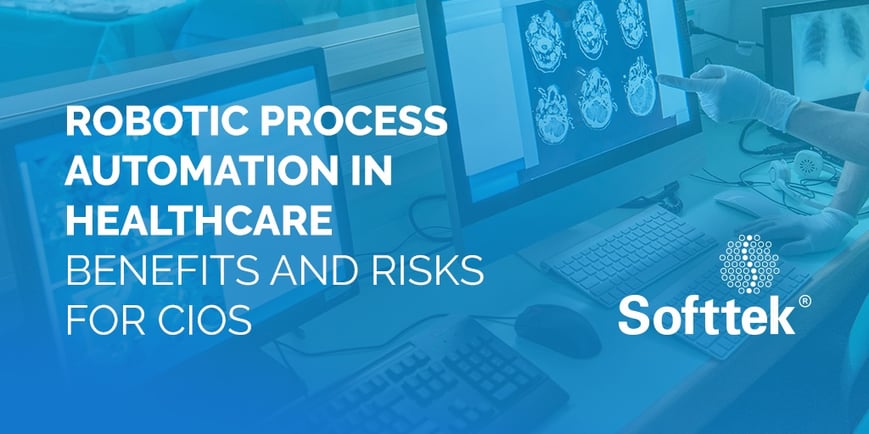The RPA Risk in Healthcare Claims Processing


As I mentioned in my last article, Robotic Process Automation (RPA) is ideally suited to the requirements of healthcare claims processing. Software ‘bots’ that apply basic if/then rules to review and resolve common claims issues can potentially help insurers save millions in labor costs, enhance productivity and extend the functionality of aging, inflexible legacy systems.
But insurers pursuing RPA solutions to increase their “auto-adjudication” rates – the percentage of claims that can be resolved without human intervention – risk introducing complexity into their environments that can seriously compromise future digital transformation initiatives.
Existing auto-adjudication engines typically handle approximately 80 percent of an insurer’s claims – the remaining 20 percent raise exceptions that require resolution by human administrators. Meanwhile, research shows that an auto-adjudicated claim costs about $1 to process, while a claim touched by a human costs about $4.
Because of the potential savings, insurers have long sought to increase their auto-adjudication rates. While 8 to 10 percent of claims are clearly too complex or unusual to automate, the opportunity lies in the gray area of claims that are somewhat exceptional but routine enough to make automation potentially feasible. As such, insurers aim for auto auto-adjudication percentage rates in the low 90s.
Until recently, the only option has been to add functionality or improvements to existing solutions or auto-adjudication engines. These systems, however, are quintessential examples of aging “spaghetti code” legacy platforms that are extremely difficult and expensive to modify.
Enter RPA: The tools are tailor-made for the task of boosting automation rates – they can be easily configured to a certain set of rules, and easily tweaked to adjust to constantly evolving insurance guidelines and policy standards. RPA bots can process a claim for as little as $1.25, and because they connect applications at the user interface level and have minimal impact on IT infrastructure, they can operate independently of the messy legacy platforms.
But here’s the problem: while RPA doesn’t require extensive IT support, it does require some level of oversight and governance to ensure consistency, documentation and adherence to enterprise standards. The tools, for example, need to be aligned to system upgrades and disaster recovery plans. Absent this oversight, RPA can negatively impact security posture and network and application performance.
Moreover, RPA initiatives that operate in a culture of one-off fixes, undocumented changes and convoluted processes will quickly replicate the complexity of the existing legacy auto-adjudication platform. For CIOs seeking to drive digital transformation, that means having to eat two bowls of spaghetti rather than one.



